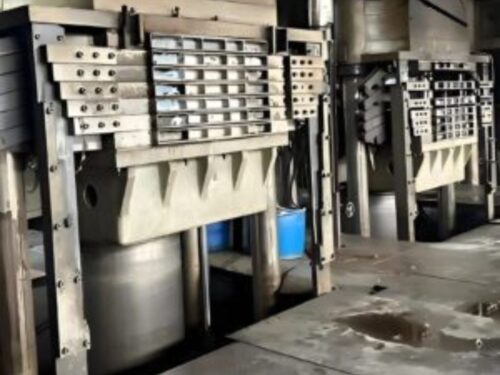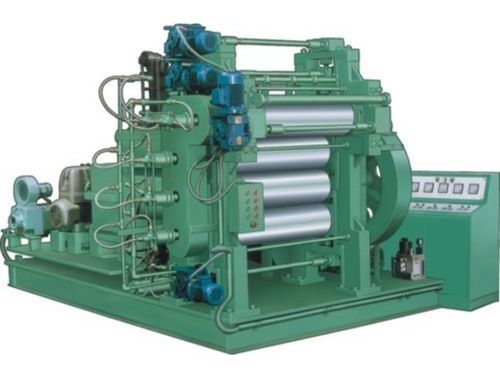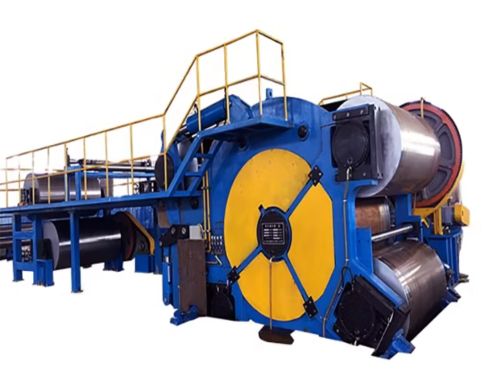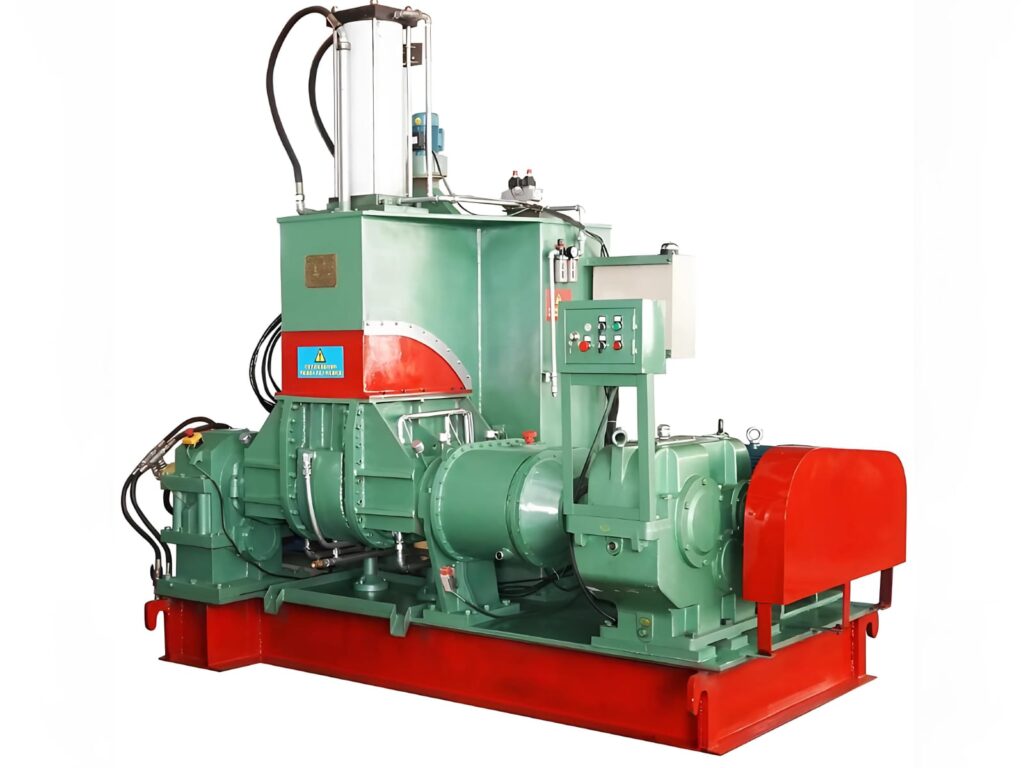Top Footwear Processing Machinery for Efficient Shoe Production

The world of shoe manufacturing is far from being kind and polite; efficiency, precision, and quality are demanded. This mainly means that the Efficient Footwear Machinery used in footwear processing plays a significant role, so every step of the production process has to be smooth and result in the same output. From large manufacturers to small workshops, choosing the right machinery significantly boosts productivity and enhances footwear quality.
1. Cutting Machines –
Cutting machines are significant in the initial stage of shoe production, where the shoe components are cut out from various materials such as the upper, soles, and insoles. Based on the material, there are several types of cutting machines.
Automatic Cutting Machines: These machines are based on computerized systems, commonly known as CNC machines, with perfect accuracy in cutting leather, synthetic materials, and fabrics. Automatic cutting machines enhance the cutting precision while minimizing material wastage in their large productions, thus widely in mass production.
Clicker Presses: These are either hand-made or hydraulic presses, commonly used in small factories. Easy to use and cost-effective, though not as fast as automatic equipment.
An investment in a good cutting machine will save time and labor, besides reducing labor costs- thus the shoe part comes out perfectly fitting.
2. Sewing and Stitching Machines –
Now the materials cut must be stitched. Sewing and stitching machines play a crucial role in stitching the upper parts of a shoe. They vary in types, depending on the stitching required:
Post Bed Sewing Machines: These machines excel at sewing curved surfaces and are perfect for shoes with embossed designs. With the post-bed design, operators can easily maneuver the fabric, ensuring smooth, precise stitching.
Zig-Zag Stitching Machines: These add decorative stitches or provide extra flexibility at the seam of the shoe. Zig-zag stitches enhance both functionality and style in shoe designs.
For quality stitching that lasts long, one must invest in reliable sewing and stitching machines.
3. Lasting Machines –
Lasting is the final shape given to the shoe. In the lasting machine process, the upper part of the shoe is stretched over the last fitting tightly over the sole and the other components.
Automatic-Lasting Machines: They can undertake activities like toe lasting and heel lasting aside from the side lasting. This is an automated procedure that ensures the quality of all the shoes as produced. This also decreases the labor input manually.
Semi-Automatic Lasting Machines: They are less than automatic systems but more than manual ones. These systems are highly efficient, with the semi-automatic versions ideal for small production lots. They offer enhanced control over the process while ensuring consistency throughout.
It minimizes errors, increases the speed of production, and produces each shoe with an excellent fit using the latest long-lasting machines.
4. Sole Attaching and Pressing Machines –
The attaching of the sole to the upper is a critical production stage of shoe production. It has to be performed precisely so it does not compromise durability and comfort.
Automatic Sole Pressing Machines: It attaches the sole to the upper accurately with the right amount of pressure without any destruction to shoe materials. Automation ensures consistency in production and is fast.
Heat and Cold Pressing Machines: Some materials require different temperatures for bonding. Hot-press machines are ideal for materials that need thermal activation, ensuring precise bonding under heat, while cold-press machines firmly secure the bond between the sole and the upper without requiring heat.
Manufacturers will use high-tech-sole-attaching machines to make shoes comfortable, long-lasting, and durable.
5. Finishing Machines –
Finishing is the last step in shoe production where machines polish, clean, and buff the shoes so that the final quality of the product is the best possible.
Polishing Machines: The use of brushes and wheels contributes to giving shoes a shiny, professional finish. It is always necessary for leather shoes, where appearance is a priority.
Edge Trimming Machines: They are trimming Edge Machines Trims off any excess material, leaving edges clean and looking professionally made. Active counterparts are valuable when producing shoes from leather or attaching stitched-on soles.
Cleaning Machines: In most cases, after assembling the shoes, workers clean off dust, glue stains, and other debris, leaving the shoes shiny and ready for packaging.
Investing in high-quality finishing machines in your factory will ensure that all of your shoes look excellent as they leave the gates, resulting in higher customer satisfaction and a good reputation for your brand.
Conclusion –
The correct selection of footwear processing machinery is important for the efficient mass production of shoes. From cut and stitch to last and finish, each stage needs excellent and reliable machines to produce high-quality shoes. Investing in modern, automated machinery will improve production efficiency and even quality consistency for the final product. Whether you are a small-scale manufacturer or a large factory, an upgrade in machinery will give a new dimension to shoe production.
With these top-class footwear processing machines in production, you can easily stay ahead, increase productivity, and deliver higher-quality footwear to customers.
For More Information Visit Here

 Compression Molding
Compression Molding

